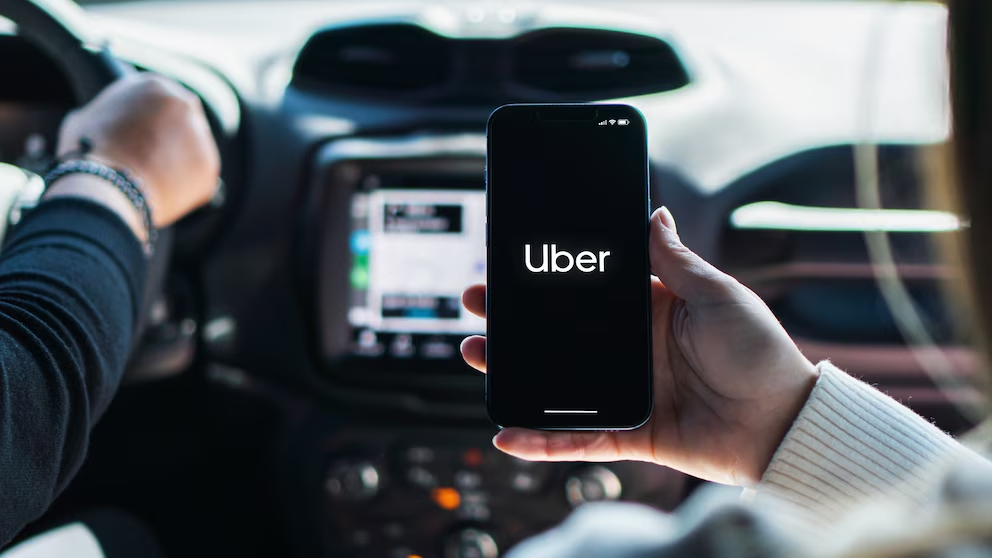The recent launch of the Uber Economic Impact report in Bengaluru, President of Uber India and South Asia, addressed widespread misconceptions regarding the commission structure faced by drivers. Highlighting a notable “perception-reality gap,” President emphasised that many drivers believe Uber retains a much larger portion of their earnings than is accurate.
President clarified that Uber’s average commission rates range between 2-3%, with higher rates applying only to a limited number of trips during periods of demand surge. With an impressive 20 million trips undertaken weekly, he pointed out that the majority of drivers experience commissions significantly lower than the commonly perceived figures, which often inflate the company’s share to around 40%. He urged drivers to utilise the app’s transparency features, which provide a breakdown of service fees, revealing that commissions typically remain under 12%, even at peak times. Moreover, President noted that Uber occasionally chooses to forgo commissions altogether to ensure that trips are completed. He stated, “Completing the trip is more important than leaving it undone,” illustrating Uber’s commitment to both drivers and riders, even if it sometimes results in financial losses for the company. This approach underscores a broader goal: to foster reliable transport solutions. On the topic of alternative pricing models, President dismissed the feasibility of zero-commission structures, arguing that a subscription fee would merely repackage existing commission costs. He explained that operational expenses, such as cloud infrastructure and safety measures, necessitate revenue from commissions to ensure sustainability.
President acknowledged the need for improved communication with drivers to effectively bridge the perception-reality divide. Engaging with unions and government stakeholders has become a priority for Uber, particularly as some unions advocate for policies that support the long-term viability of the ride-hailing sector. “We definitely need to do more to address this gap,” he remarked, recognising that many drivers possess valid concerns which Uber is keen to address collaboratively. The dialogue with union representatives has proven productive, allowing for the identification of potential solutions to the challenges faced by drivers. Many union leaders understand that over-regulation could adversely impact both their livelihoods and the platform’s sustainability. Public sentiment reflects a mixture of frustration and hope. Drivers appreciate Uber’s willingness to engage in conversations about their concerns but often express a desire for more significant changes in commission transparency and communication. As the ride-hailing industry continues to evolve, Uber’s proactive approach may play a crucial role in shaping a sustainable future for both drivers and riders alike.




